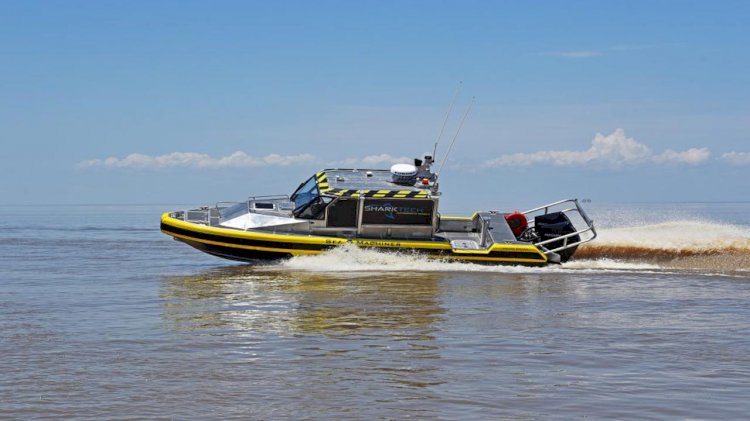Sea Machines named four ways autonomous systems reduce risk

Much like the collision-avoidance and safety alert features installed in today’s automobiles, modern-day autonomous systems are now being installed aboard commercial marine vessels.
Far from replacing human operators, these advanced technologies are being used under mariner control to reduce operational risk and increase safety. There are four reasons why autonomous systems are reducing risk and protecting mariners.
1. Autonomous systems are always on watch.
Mariners today rely heavily on human eyesight as the primary sensor for vessel maneuvering and obstacle detection especially in tight maneuver scenarios. Human vision can be unreliable and, even with binoculars, may not see far enough away to prevent some incidents. Tried-and-true technologies, such as marine radar and AIS beacons, offer supplemental support, but they too have limitations, require mariner training and aren’t always available or used. By contrast, autonomous marine systems never get fatigued and consistently operate 24/7 even during times of low light or poor visibility. Commercially available systems, like those of Sea Machines’, intelligently fuse data from radar, GPS, AIS, ECDIS charts and computer vision into one intuitive display so mariners can make more timely and informed decisions. Autonomous obstacle detection and collision avoidance capabilities further reduce risk, as explained below.
2. Autonomous systems never get tired or distracted.
It is widely recognized that human error is the number one causal factor in maritime incidents. Whether the root cause of incidents be miscalculations, fatigue, inattentiveness, distraction or some other human mistake, it’s clear that today’s autonomous systems can mitigate the risk. Companies like Sea Machines are enabling new systems for commercial vessels that use a combination of advanced cameras, artificial intelligence and Light Detection and Ranging (LiDAR) technologies. While still operated with a human in the loop, today’s autonomous marine systems provide real-time data for decision making, as well as critical alerts that can help prevent collisions, groundings and other incidents that can lead to injury, environmental harm and property damage.
3. Autonomous technology never makes mistakes.
Navigation using current technology can be complex and unpredictable. With an accident rate higher than that of cars and airliners, the marine industry is at serious risk for mistakes because of its dynamic operating domain, the inherent human limitations and our reliance on situational awareness systems that don’t always provide the complete picture. As marine technology improves, however, this is changing. Current autonomous marine systems have been designed to work predictably and precisely to execute the mission – no matter the environmental or human variables.
4. Autonomy is designed to improve with each mission.
Autonomous marine systems, such as those available from Sea Machines, are based on intelligent technologies that learn from and improve with each mission. Everything from vessel handling, operator behavior and preferences, environmental and navigational data, and more is recorded and used to increase the efficiency, predictability and safety of future missions. It’s clear that today’s autonomous technologies can drastically reduce the risk of commercial vessel operations, while increasing human safety and comfort.

























































































































































